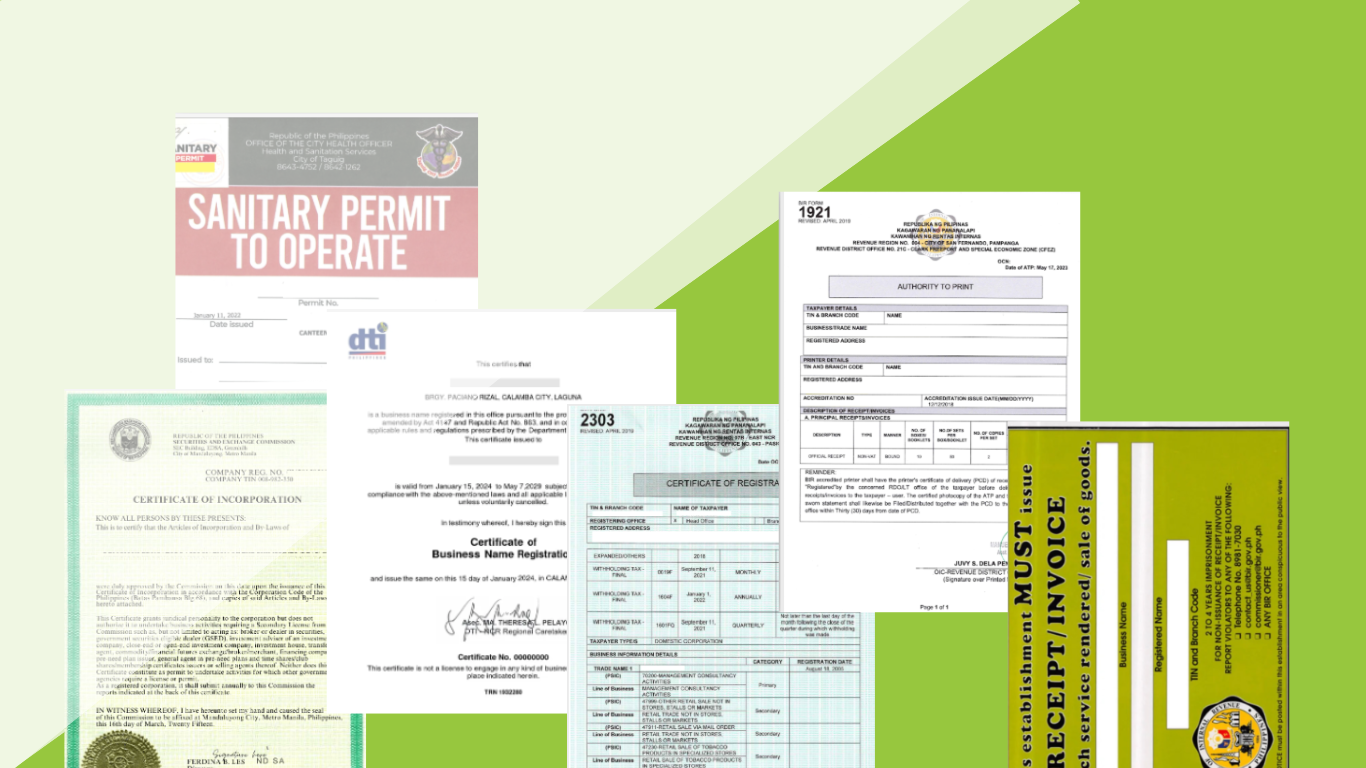In recent years, the concept of virtual offices has gained remarkable traction among businesses of all sizes. This shift is largely driven by the increasing adoption of remote work, advancements in technology, and a growing desire for flexibility in the workplace. As companies look to adapt to changing workforce dynamics, virtual offices have emerged as a viable solution, enabling them to operate efficiently without the constraints of a traditional office environment.
The COVID-19 pandemic accelerated this trend, forcing many organizations to embrace remote work and rethink their office needs. As employees became accustomed to working from home, the idea of a physical office began to lose its appeal. Businesses recognized that they could maintain productivity and collaboration without a dedicated workspace. Consequently, virtual offices, which provide essential services such as business addresses, mail handling, and meeting room access without the overhead of a physical office, have become increasingly popular.
In today’s fast-paced business world, organizations are constantly seeking innovative ways to reduce expenses while maintaining efficiency and professionalism. One popular solution is leasing a virtual office, which offers businesses a range of services such as a business address, mail handling, receptionist support, and meeting rooms—without the need for a physical office space. This article explores the significant cost savings of leasing a virtual office and how it can benefit startups, freelancers, small businesses, and even large enterprises.
Factors of Virtual Office in Your Budget
1.) Eliminate High Overhead Costs
Leasing traditional office space involves multiple expenses beyond rent, including utilities, maintenance, and insurance. With a virtual office, businesses eliminate these overheads, resulting in considerable savings. Virtual offices also help avoid hidden costs such as repairs and office supplies that can accumulate over time.
Savings Example
Traditional Office Rent: PHP 50,000/month
Utilities and Maintenance: PHP 10,000/month
Total Monthly Expense: PHP 60,000+
With a virtual office, plans typically start as low as **PHP 2,000/month**, significantly reducing monthly expenditures.
2.) No Need for Office Furniture and Equipment
Setting up a physical office requires purchasing furniture, computers, printers, and other essential equipment. These upfront costs can be substantial, especially for new businesses. Leasing a virtual office eliminates this need, as everything—from desk space to meeting rooms—is provided on demand when required.
3.) Reduced Staffing Costs
A virtual office includes access to services like mail handling and a dedicated phone line with a receptionist, meaning businesses no longer need to hire additional administrative staff. This can lead to significant savings on salaries, benefits, and training expenses.
Cost Comparison
Hiring an in-house receptionist: PHP 20,000–30,000/month
Virtual office receptionist service: Included in the plan
4.) Pay Only for What You Use
With a virtual office, businesses can book meeting rooms and workspaces on an hourly or daily basis, paying only for the time they use. In contrast, leasing a physical office means paying for space even when it’s underutilized, leading to wasted resources.
5.) Lower Commuting and Travel Costs
A virtual office setup allows employees and business owners to work remotely, minimizing travel expenses such as fuel, parking, and public transport. This also saves valuable time that can be redirected toward productive tasks, improving overall efficiency.
6.) No Long-Term Lease Obligations
Traditional office leases often require long-term commitments ranging from 12 to 36 months, which can be risky for startups or small businesses with fluctuating needs. Virtual offices offer flexible monthly plans, allowing businesses to scale up or down without penalties or disruptions.
7.) Tax Benefits
Certain business expenses related to virtual office services, such as mail forwarding and phone answering services, may be tax-deductible, offering further financial benefits. Businesses can consult with accountants to optimize these deductions and enhance their cash flow.
8.) Opportunity to Expand Without Boundaries
With a virtual office, businesses can easily expand into new locations without opening physical branches, enabling them to tap into new markets at minimal cost. A company based abroad, for instance, can establish a virtual presence in the Philippines by leasing a virtual office with a local business address.
Hidden Costs of Traditional Office Spaces
While many businesses focus on the visible costs of leasing a traditional office, it’s essential to consider the hidden costs that can add up significantly over time. Understanding these expenses can further illuminate the financial advantages of switching to a virtual office model.
1.) Upfront Costs
Leasing traditional office space often requires a substantial upfront investment. This can include:
a. Security Deposits: Often equivalent to one or two months’ rent.
b. Office Renovations: Customizing an office space to suit your business needs can be expensive.
c. Furnishing Costs: Purchasing furniture, equipment, and supplies can strain your initial budget.
2.) Hidden Fees
In addition to monthly rent, traditional office leases may come with various hidden fees, such as:
a. Common Area Maintenance (CAM) Fees: Charges for upkeep of shared areas in the building.
b. Parking Fees: Costs for parking spaces, which can be particularly high in urban areas.
c. Insurance: Many leases require tenants to carry specific types of insurance, adding to monthly costs.
3.) Time Costs
Managing a traditional office comes with time costs that can be overlooked. These include:
a. Property Management: Handling maintenance issues and facility management can divert valuable time away from core business activities.
b. Commuting Time: Time spent commuting can reduce productivity and increase stress among employees, further impacting overall performance.
A Smart Business Move for the Modern Era
Leasing a virtual office offers businesses the best of both worlds—cost efficiency and professionalism—while providing the flexibility needed to thrive in a fast-evolving business landscape. By avoiding high overhead, minimizing staffing costs, and only paying for what you use, companies can allocate more resources toward core operations and growth.
Whether you are a startup looking to establish credibility, a freelancer needing a professional address, or a large enterprise seeking to reduce costs, a virtual office provides the perfect solution to keep operations lean and efficient.
Final Thoughts
Leasing a virtual office offers numerous cost-saving opportunities for businesses of all sizes. From reduced overhead and flexible leasing options to access to professional services and increased employee productivity, the benefits are clear. As the business landscape continues to evolve, embracing a virtual office model can position your company for success while keeping expenses in check.



